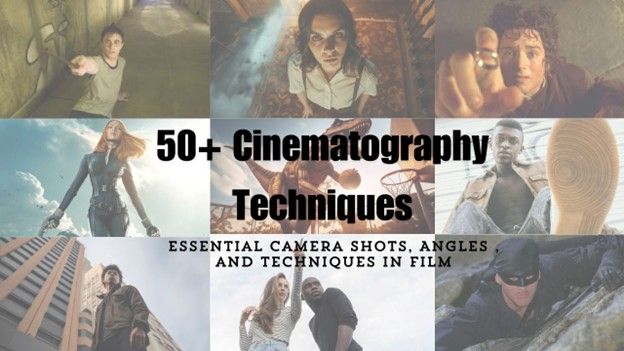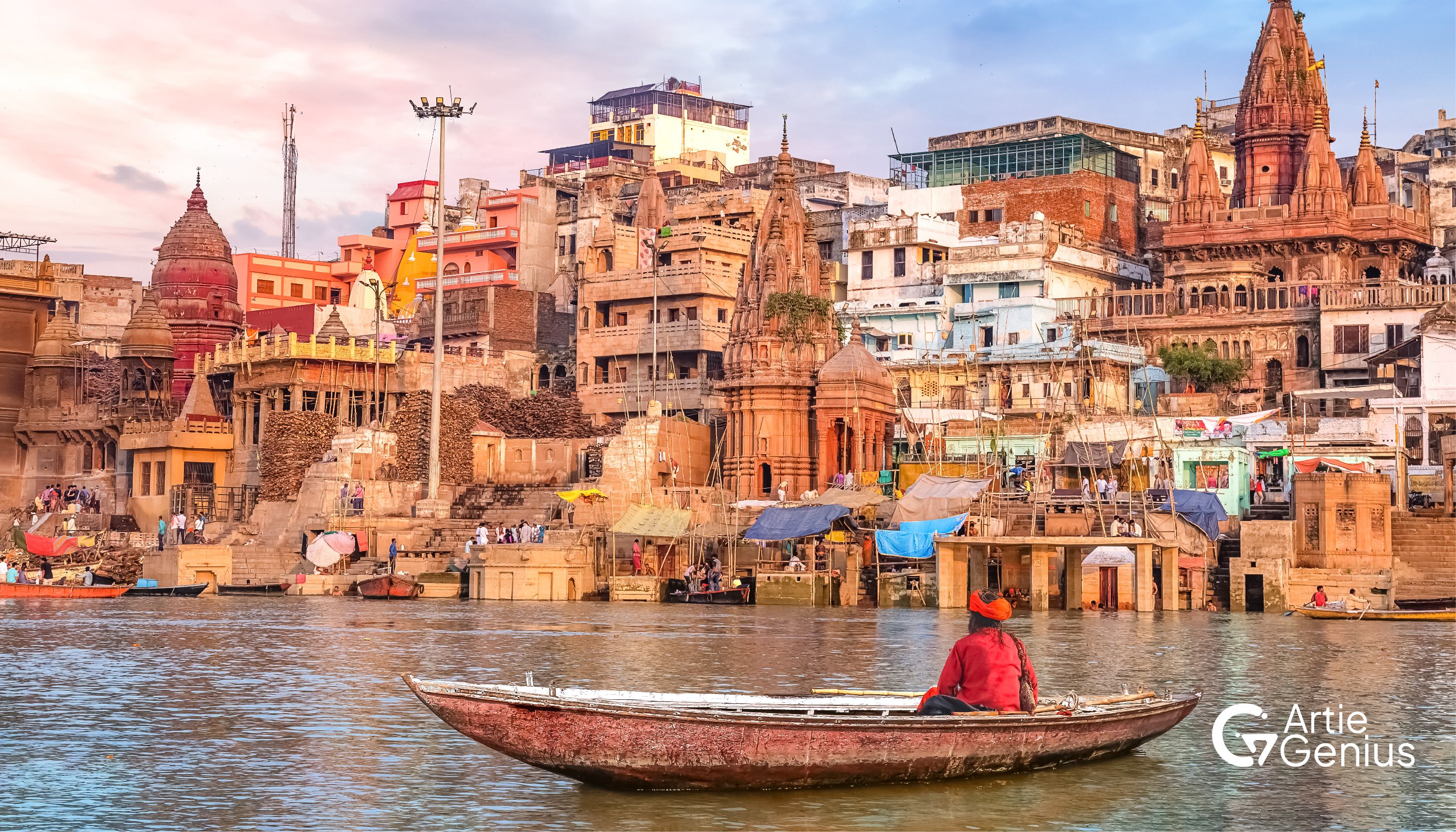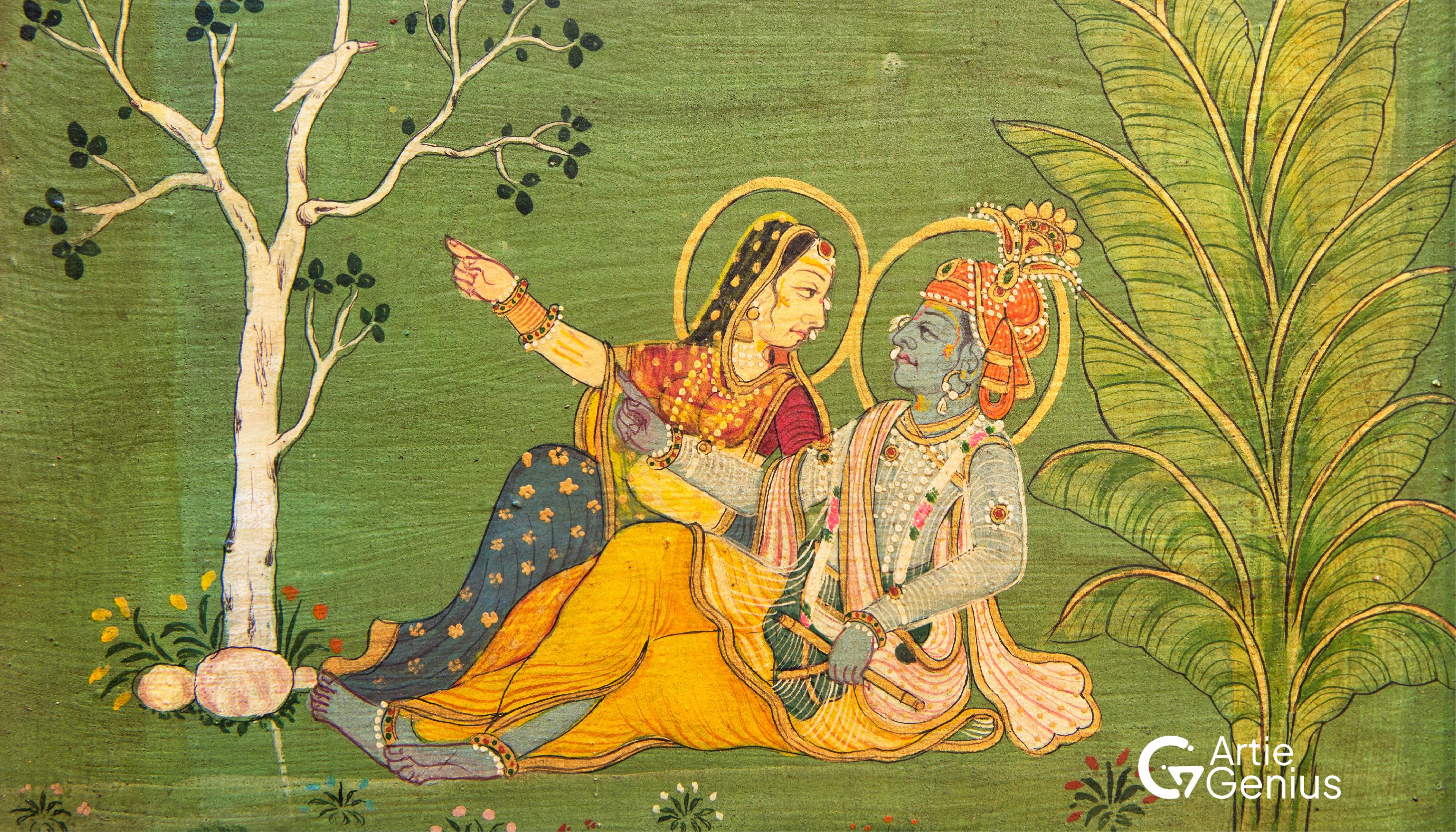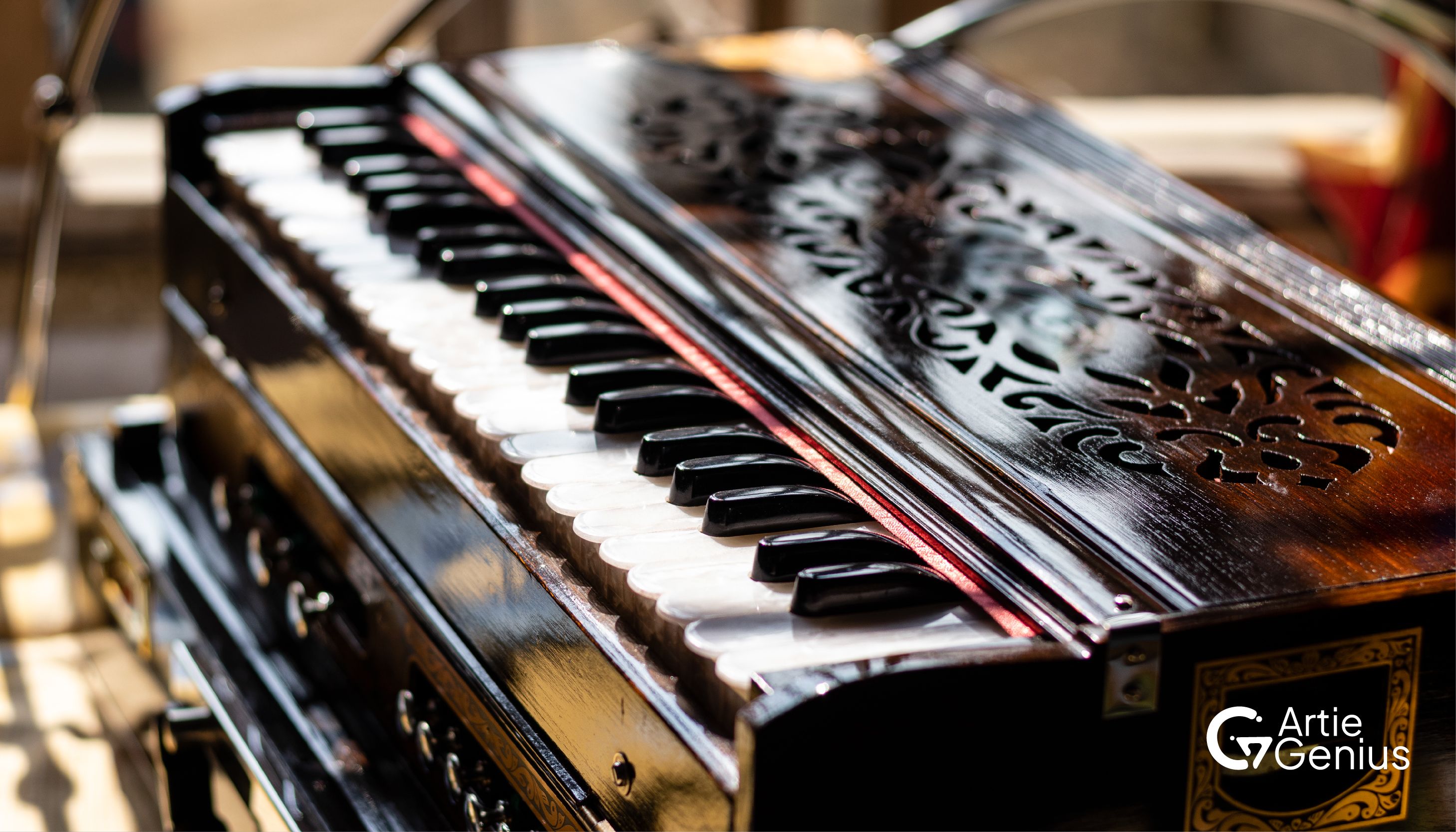How you place your camera is the language of your visual story. Camera techniques in film are used to convey emotion, establish context, and direct the viewer’s attention.
For example, a high-angle shot can render a character small and vulnerable, while a close-up reveals the minutiae of their expression. It’s not enough just to know that certain cinematography techniques exist, you need to know when and why to use them.
Basic Camera Shots
Before we dive into the possibilities, let’s discuss the basic camera shots. These elements are the building blocks of every film.
Extreme Close-Up (ECU) An ECU picks up small and subtle things, a tear rolling down a cheek, the ticking hands of a clock. It’s great for when you want to increase importance or build tension.
Close-Up (CU) Close up a shot that frames a subject’s face or object and highlights emotion or details. Imagine a CU as your source for soap-operatic news.
Medium Shot (MS) A medium shot captures the subject from the waist up. It’s perfect for dialogues, allowing the audience to get a sense of the character’s physical vida, without overwhelming them.
Long Shot (LS) Long shots frame the subject and their context. Camera techniques in film are Leverage it to illustrate the environment and set the stage.
Extreme Long Shot (ELS) Want to show your character isolated or showcase the size of a setting? Confirmation comes from a lack of interest in wanting to frame a subject from a great distance and making them small
Camera Angles for Dynamic Perspectives
In doing so, angles determine not just how viewers perceive a subject, but how they are supposed to feel and what they are supposed to understand about the story of Camera techniques in film.
Eye-Level Shot This eye-level angle corresponds with how a viewer would see a subject, making it relatable and approachable.
High Angle Shot low and looking up at the subject empowers them, making them appear strong or dangerous. It’s a subtle but effective storytelling technique in cinematography.”
Low Angle This upward shot makes the subject feel stronger, bigger, or more scary.
Over-the-Shoulder (OTS) Shot A classic for conversations, OTS frames one character’s side while revealing part of the other.
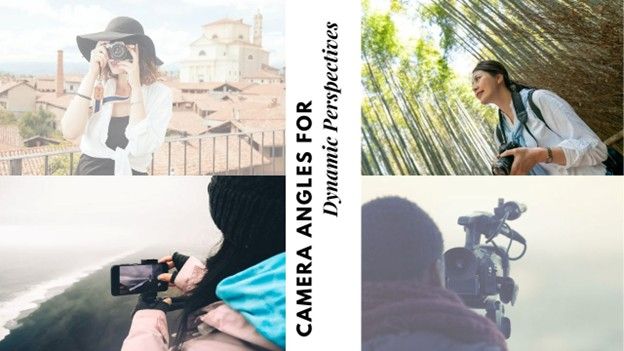
Dutch Angle Tilted-out frames produce unease or disorientation, frequently employed by thrillers to instill instability.
Advanced Cinematography Techniques
These techniques are Camera techniques in film game-changers for filmmakers who want to add flair and complexity.
Tracking Shot Track a moving subject with this dynamic shot, often done with a dolly or Steadicam. However, it puts viewers in the action.
Dolly Zoom This technique, known as the Vertigo Effect, is the result of zooming in while dolly-ing out (or vice versa), resulting in a warped distortion.
Crane Shot Crane shots that sweep over a scene work well for dramatic reveals and transitions between levels.
Whip Pan Fast pans camera pans that are too fast confuse the audience by blurring the screen, moving from one scene or action to another without transition.
Rack Focus Use a single frame to switch the focus between different subjects, Camera techniques in film guiding the viewer’s attention resultantly.
Creative Camera Movements
Movement in shots can create vibrancy and add emotion.
Handheld Shot This jerky, undissolved technique gives a documentary-style verity to the scenes.
Steadicam Shot And because it uses a gyro system, a Steadicam moves smoothly and fluidly, combining the freedom of handheld with professional stability.
Zoom vs. Dolly Zooming effects the same frame only with magnifying lenses, while making dolly shots means introducing a caller closer, shifting perspectives with each motion Camera techniques in film.
Tilt and Pan Vertical tilts or horizontal pans look to explore a setting or follow progress through space.
Specialized Camera Shots
Two-Shot Simply view two subjects together so as to build associations or contrasts.
Overhead Shot Put this one on an angle from the sky for that bird’s-eye view. It’s frequently used to demonstrate where action fits into a larger context.
POV Shot Put the viewer into the character’s eyes, relate them to them.
Insert Shot Draw attention to tiny details with an insert shot, be it a text message or a meaningful item.
Establishing Shot For orientation, open scenes with a wide shot of the setting.
Cinematic Framing Styles
Beyond shots and angles, your compositional decisions matter just as much.
Rule of Thirds Even for balance, divide the frame into thirds, and position your subject within these lines
Symmetry and Balance Symmetrical framing provides a sense of order; intentional imbalance creates visual tension.
Leading Lines An example of using lines in the environment to lead the viewer’s eyes to your subject is the guide of the angle | roads or hallways cinematography techniques.
Depth of Field Blur what isn’t in focus to emphasize particular elements.
Combining Techniques for Impact Filmmaking is a craft that routinely mixes modalities for narrative ends.
Montage Filmmaking A sequence of short shots sewn together to fast forward or crescendo through time.
Parallel Editing Cut between two concurrent actions to create tension or contrast.
Split Screens Show more than one scene or perspective at a time, adding richness to the storytelling.
Conclusion
Once you master Camera techniques in film these camera techniques on film, the creative potential is limitless! To capture intimate dialogue or monumental landscapes, the alchemy of cinematography techniques makes a picture a compelling visual story.
Frequently Asked Questions 1. What is the simplest camera technique in film? The basic static shots are close-up, medium and long shots. They are the building blocks of visual narrative.
2. How can the different angles of a camera tell a story? Camera angles help shape what audiences think about a subject, from low angles that show someone as more cinematography techniques powerful to high angles that present them as vulnerable.
3. What is the distinction between zoom and dolly shots? Zooming is when you change the focal length but remain within the same frame and dolly shots are moving the camera as a whole, closer or further from the subject.
4.Some interesting ways to utilize the Dutch angle? Dutch angles create tension, disorientation, or unease, so this shot is ideal for thrillers or experimental films.
